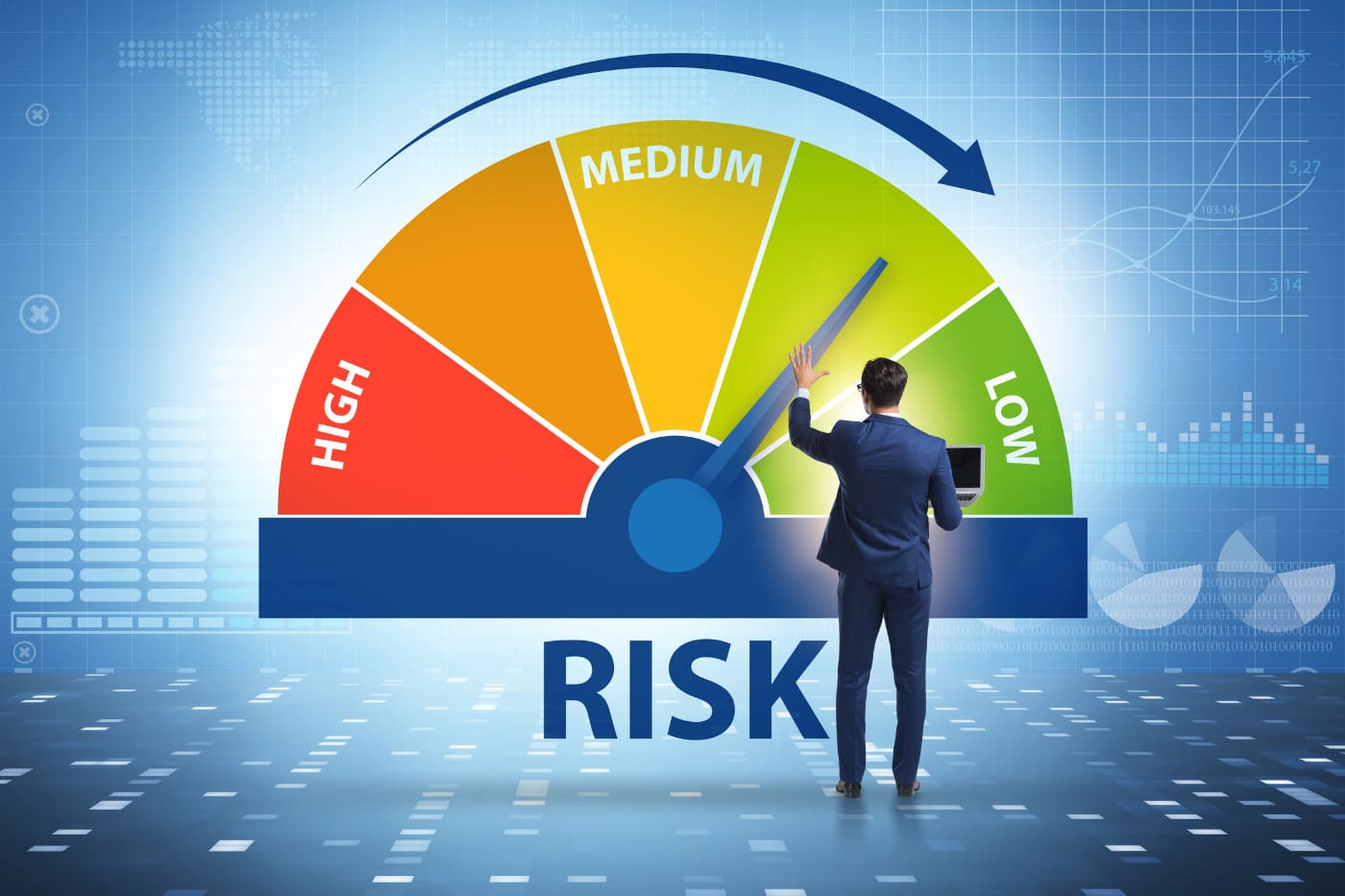Producer Insurance Coverage Overview in the complex web of industries that drive economies globally, producers stand as the backbone. Whether they are involved in manufacturing, agriculture, or any other sector, producers play a pivotal role in bringing goods and services to market. However, with this role comes a multitude of risks, ranging from property damage to liability claims. To mitigate these risks, producers rely on insurance coverage tailored to their unique needs. In this comprehensive overview, we delve into the intricacies of producer insurance coverage, exploring its types, significance, and key considerations.
Understanding Producer Insurance
Producer insurance encompasses a wide array of coverage options designed to protect businesses engaged in production activities. These policies are crafted to address the specific risks faced by producers across various industries. From small-scale operations to large corporations, insurance serves as a safety net, shielding producers from financial losses that could arise from unforeseen circumstances.
Types of Producer Insurance Coverage
- Property Insurance: One of the foundational elements of producer insurance, property insurance provides coverage for physical assets such as buildings, machinery, and inventory. It safeguards against perils like fire, theft, vandalism, and natural disasters, ensuring that producers can recover swiftly from property-related losses.
- Liability Insurance: In a litigious society, liability insurance is indispensable for producers. This coverage protects against claims of bodily injury or property damage caused to third parties due to the producer’s operations. Whether it’s a defective product or a workplace accident, liability insurance offers financial protection and legal assistance.
- Business Interruption Insurance: When unexpected events disrupt production processes, business interruption insurance comes into play. This coverage helps offset the financial impact of temporary closures or slowdowns by compensating for lost revenue, ongoing expenses, and additional costs incurred to resume operations.
- Product Liability Insurance: Particularly crucial for manufacturers, product liability insurance shields producers from the financial repercussions of defective products causing harm to consumers. It covers legal defense costs, settlements, and judgments arising from product-related injuries or damages.
- Workers’ Compensation Insurance: Protecting the workforce is paramount for producers, and workers’ compensation insurance fulfills this need. This coverage provides benefits to employees injured on the job, including medical expenses, lost wages, rehabilitation, and, in unfortunate cases, death benefits for dependents.
- Equipment Breakdown Insurance: Machinery breakdown can bring production to a halt, resulting in significant financial losses. Equipment breakdown insurance steps in to cover repair or replacement costs for damaged equipment, as well as losses stemming from the interruption of business operations.
- Commercial Auto Insurance: For producers reliant on transportation for their operations, commercial auto insurance is essential. It provides coverage for vehicles used in business activities, protecting against accidents, theft, and liability claims arising from vehicle-related incidents.
- Cyber Insurance: In an increasingly digitized world, cyber threats pose a significant risk to producers. Cyber insurance helps mitigate these risks by covering expenses related to data breaches, cyber extortion, and business interruption caused by cyber incidents.
Significance of Producer Insurance Coverage
The significance of producer insurance coverage cannot be overstated, as it serves as a safeguard against the myriad risks inherent in production activities. Beyond financial protection, insurance instills confidence among stakeholders, reassuring investors, lenders, and partners of the producer’s resilience in the face of adversity. Moreover, compliance with insurance requirements is often a prerequisite for conducting business, ensuring that producers can access markets and opportunities without hindrance.
Key Considerations for Producer Insurance Coverage Overview
- Risk Assessment: Producers must conduct thorough risk assessments to identify potential hazards and vulnerabilities in their operations. This evaluation forms the basis for selecting appropriate insurance coverage tailored to their specific needs.
- Policy Customization: Off-the-shelf insurance policies may not adequately address the unique risks faced by producers. Working closely with insurers to customize policies ensures comprehensive coverage aligned with the producer’s operations and risk profile.
- Coverage Limits and Deductibles: Balancing coverage limits and deductibles is crucial to optimize insurance protection while managing costs. Producers should carefully evaluate their risk tolerance and financial capabilities when determining appropriate coverage levels.
- Review and Renewal: As business dynamics evolve, so do insurance needs. Producers should regularly review their insurance policies to ensure they remain adequate and up-to-date. Timely renewal and adjustments based on changes in operations or regulations are essential to maintain comprehensive coverage.
- Claims Management: In the event of a loss, efficient claims management is vital to expedite the recovery process. Producers should familiarize themselves with the claims procedure outlined in their insurance policies and maintain thorough documentation to support their claims.
Conclusion on Producer Insurance Coverage Overview
In the intricate tapestry of producer operations, insurance coverage serves as a vital thread, weaving protection against risks that could unravel businesses if left unchecked. From safeguarding physical assets to mitigating liability exposures, producer insurance plays a multifaceted role in ensuring resilience and continuity in the face of uncertainties. By understanding the types, significance, and key considerations of insurance coverage, producers can navigate the complex risk landscape with confidence, fortifying their position as the backbone of industries worldwide.






